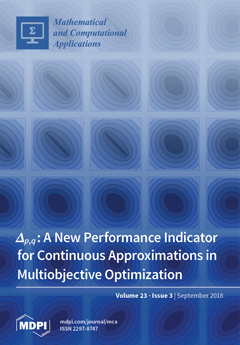Operations in the Delta-Sigma (
) domain are a broad field of research. In this article the main, focus is on applications in control systems, nevertheless the results are generally applicable for
-signal processing (
SP) in
[...] Read more.
Operations in the Delta-Sigma (
) domain are a broad field of research. In this article the main, focus is on applications in control systems, nevertheless the results are generally applicable for
-signal processing (
SP) in other fields. As the bit-stream does not have an instantaneous value, algebraic operations cannot be executed directly. The first approaches were made in the 1980s based on small-scale integration logic chips by Kouvaras and by Lagoyannis. Further algebraic operations and other implementations were introduced by Zrilic, by Ng, by Bradshaw and by Homann. Other publications utilize complex networks and operations to achieve the desired algebraic operations. These presented operations can be divided into different operation classes by the based implementation idea. In this paper, the known algebraic operation classes are further developed and new operation classes are presented. All implementations are compared and evaluated. For linear operations in control applications, the introduced Bipolar Interpretation is best rated. It compensates for the signal offset of bipolar bit-streams and results in the best signal quality by mapping the logic values true and false of bit-stream to plus and minus one before the algebraic operation. The output of the algebraic operation is a multibit value, to achieve a bit-stream as output value a third step is taken. The result is modulated by a digital
-modulator (
-M). For nonlinear operations the most universal implementation is also based on three steps. In the first stage, the bit-streams are processed with short sinc
filters, resulting in multibit values. This signal is processed by digital signal processing (DSP). The output stage is a
-M. For some nonlinear algebraic operations there can be better solutions than DSP, like shown for limiting. In short, this paper gives a detailed overview about different
SP classes for linear and nonlinear operations. Newly presented are the scaling with Bit-Stream Modification, the Bipolar Interpretation class, the nonlinear operation class based on digital signal processing (DSP), the modified multiplication based on Delta Adder and benchmarks of all presented operations.
Full article





